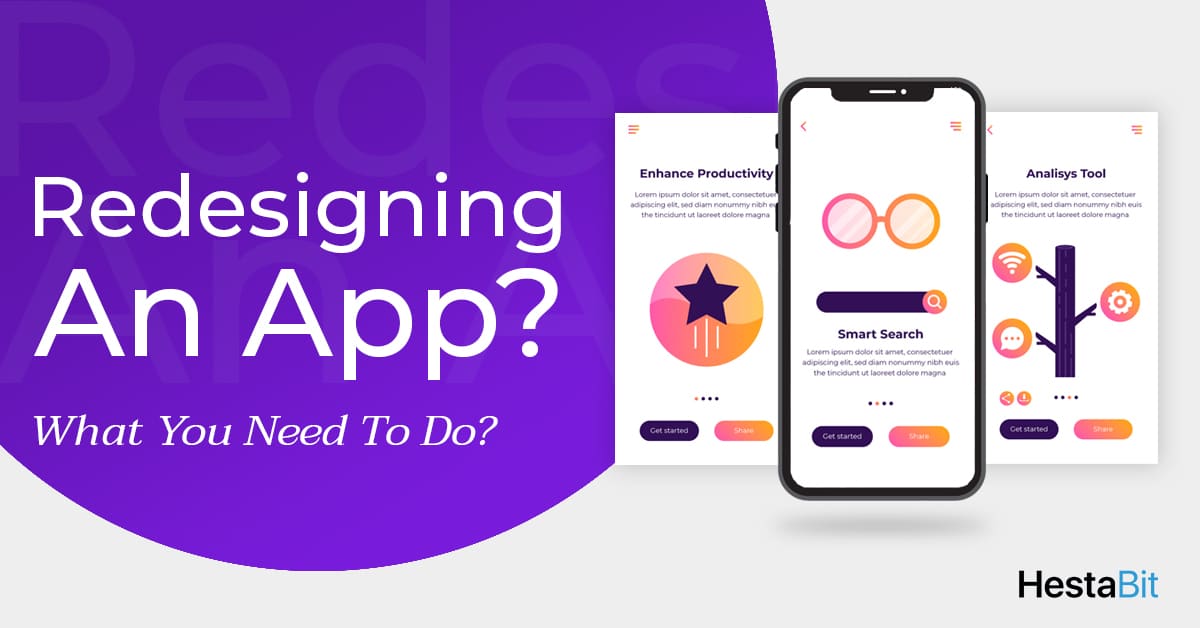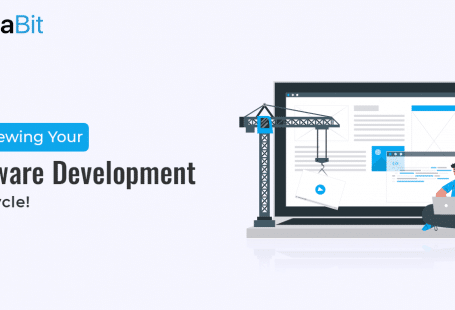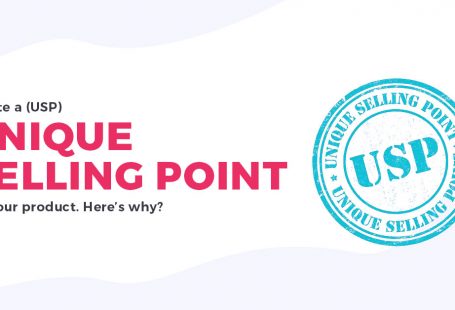All that analytics and data can’t give you the kind of insights that you can get from the horse’s mouth. And whose the horse here? Your customers.
To understand the Whys behind anything, you need more perspective driven information. Only customer feedback can give you that.
Why do people use a particular feature more often than the rest of the features? What’s the reason behind customers stepping back at the very last moment, by not creating an account? Why do customers stop using a product altogether?
Good feedback can answer all such questions, given you intelligently structure your feedback process. There are different methods to gather customer feedback day in and day out. Let’s check them out.
1. Surveys
Feedback and Surveys are almost synonymous, in the sense that surveys are the first pick when it comes to getting feedback. You can easily create them, scale them, and analyze them. What more you can ask for?
Broadly speaking, there are two variants of surveys.
Long Surveys
It is a more traditional way of getting customers’ insights. You can use a tool like SurveyMonkey to create a long winding list of questions and send it to your contacts, or Twitter followers, etc.
It usually takes quite a few days to get all the responses, and in that too, most of the responses aren’t helpful or complete. It surely doesn’t have to be this way. So it’s better to keep your surveys short and streamlined, to get the best outcome.
Just imagine a survey that takes more than 20 mins of your customers. By all means, it’s tedious. After 10 mins, users won’t even focus on the questions and will rush through them. What kind of insights will that provide you?
So if you want to get crisp and precise answers from your customers, keep the questionnaire short, say up to 5 questions.
Use open-ended questions for starters
If you are addressing new users, their answers might surprise you. So don’t kill that surprise element by focusing on MCQs alone. The options given in MCQs will mostly be based on your assumptions, and won’t bring out customers’ perspectives in the truest sense.
So it’s better to ask open-ended questions, to know what your customers are really thinking.
Short Surveys on Your Site
A more pragmatic option is to exercise a survey on your website itself. Again, it’s better to avoid a full-fledged survey for the first time visitors. Preferably, use a question or two that are relevant to your product. You’ll get much better feedback this way.
You can use Qualaroo to create a smart survey asking specific questions. Remember, if you ask vague questions, there are chances that you receive vague responses. It’s not a bright idea to ask visitors or customers about the product as a whole, and it’s better to highlight a feature of the product in your questionnaire and then ask for customers’ feedback.
But still, we would advise you to not rely heavily on surveys. The survey is the first step, a starting point on which you build. If you see or use them in isolation, you will never understand the nitty-gritty of the responses you receive.
2. Dedicated Feedback Boxes
It’s not only you who constantly thinks about your product. When customers interact with your product or website, they too are constantly sizing you up. They are thinking of ways in which your product can be bettered.
Therefore, it’s possible that they might get annoyed because of some minor issues with your website. And remember, most users don’t even consider bothering your support team for such issues. They simply walk away.
So how can you get customers to express minor grievances?
It’s simple. You can use dedicated feedback boxes, for every page. Titles for the feedback Boxes can be like “How can we make this page better for you?”
Feedback boxes show customers your willingness to fix issues. Also, when visitors see an issue with the page and see a box pop up out of nowhere to ask for their suggestions, they feel relieved and valued. Moreover, you can gather information like the customers’ account name or which browser they were using, that can help you determine the exact solution.
3. The Human Touch
Human Touch or direct communication is mostly undervalued. Surveys, emails, or analytics, fails to give you contextual information at times. They don’t give you the idea of someone’s body language or tonality. Both are important to understand the context.
Reaching out to existing or potential customers and striking a conversation can help you sense the urgency in their voices while they point out the issues with your product.
Let’s understand this hypothetically. Suppose you have a SaaS business that helps freelancers send invoices to their clients. Through surveys and feedback forms, customers have expressed their issues with invoice’s design and that they want to customize it.
Now there can multiple reasons for it.
Maybe some of them are amateur designers, and they just want to customize the invoice for creative satisfaction, or maybe the design of the invoice is not up to the mark.
To find out the real reason, you need to reach out to your customers, if you don’t want to fix the symptom but the disease itself. You will get some brownie points from your customers to bring that human touch.
So go through your customer list and see if anyone is local. It won’t be a bad idea to invite them over a luncheon.
4. Usability Tests
Well, it can be a great feeling to see someone use your product or website. Apart from the sentimental value, you can get unintentional cues to enhance your product.
You can find out sections in which visitors take added interest or sections which confuse them and make them leave the site. There are tools which let you do that.
With the help of such tools, you can define a task and assign it to someone. As the chosen person performs the task, you can record the entire process. Earlier, people use to hire a research firm for this purpose. This used to cost them tens of thousands of dollars.
Gone are those days, as tools like Smartlook has made the process easy and pocket-friendly.
So the next time you create a new signup process, then let someone use it while you observe and take down notes. It will help you a great deal in converting visitors into long-lasting customers.
In the case of bootstrapping
If you are bootstrapping and want to perform user testing, it’s important for you to have a crystal clear understanding of your target audience. In case you are targeting tech bloggers, you wouldn’t invite a fashionista to conduct user testing. You would rather invite a young and curious techie.
Once you find your guy to try out your product, sit with him or her and assign a simple task. Don’t offer any guidance, take a back seat, and see him perform the testing. Some of the biggest flaws may come to light.
Conclusion
If you want to find whether your business is going in the right direction, check how consistently you are getting customer feedback. Generally, both of them are directly proportional. You can choose from the above methods and gather as much feedback as you can. Here’s a guide to preparing a questionnaire.
Remember, feedback shouldn’t be optional but a standard practice.







